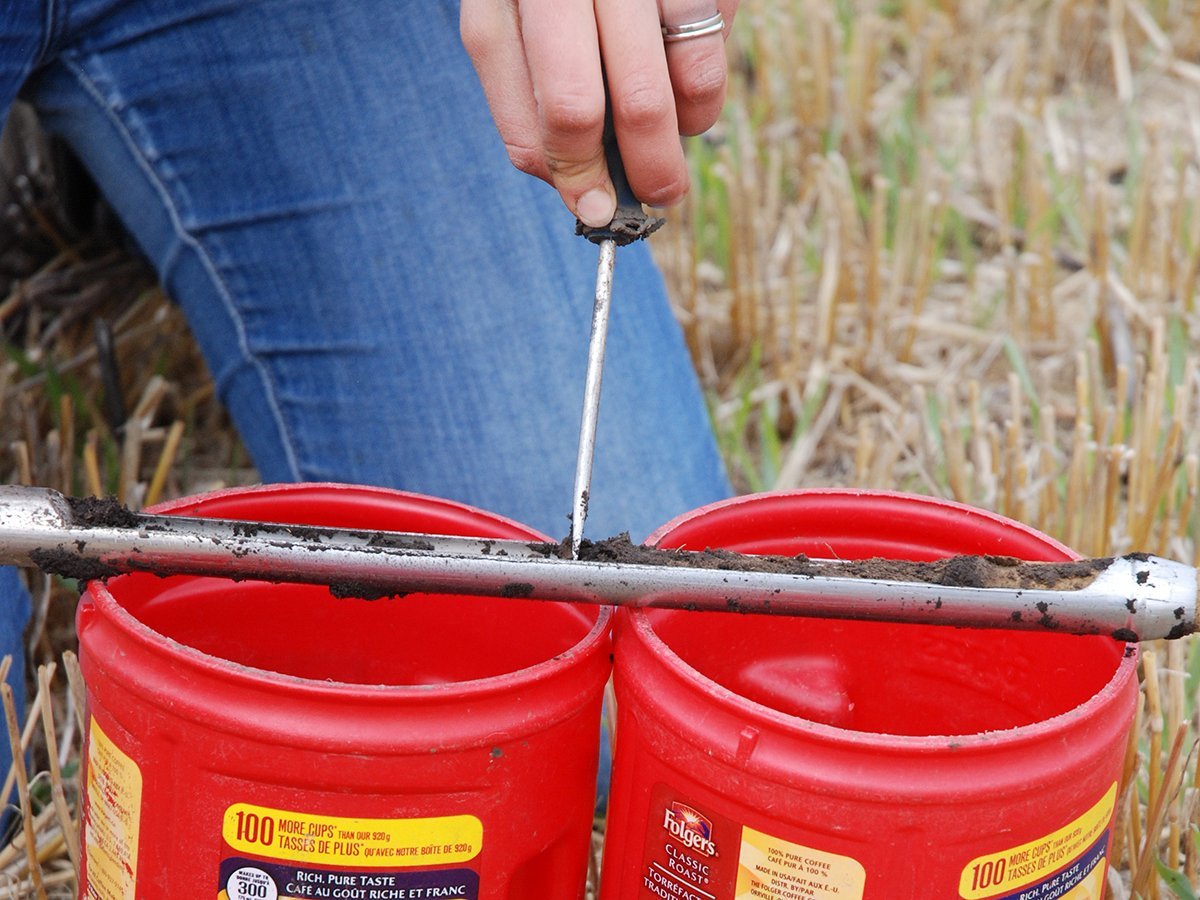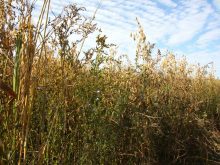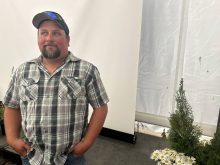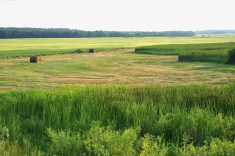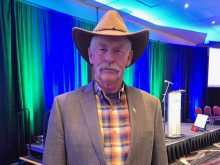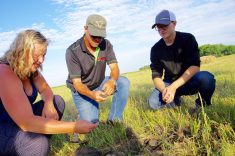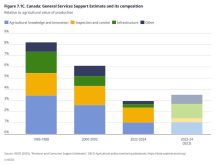The federal government is backing the idea of a national soil health strategy, at least in spirit.
Sophie Beecher, director general at Agriculture and Agri-Food Canada, said at a soil conference in Winnipeg that the feds support the concept.
“We are here and want to work on this closely with you,” Beecher said July 23 at the Soils for our Future event, attended by scientists, policy makers and others with an interest in soil.
Read Also
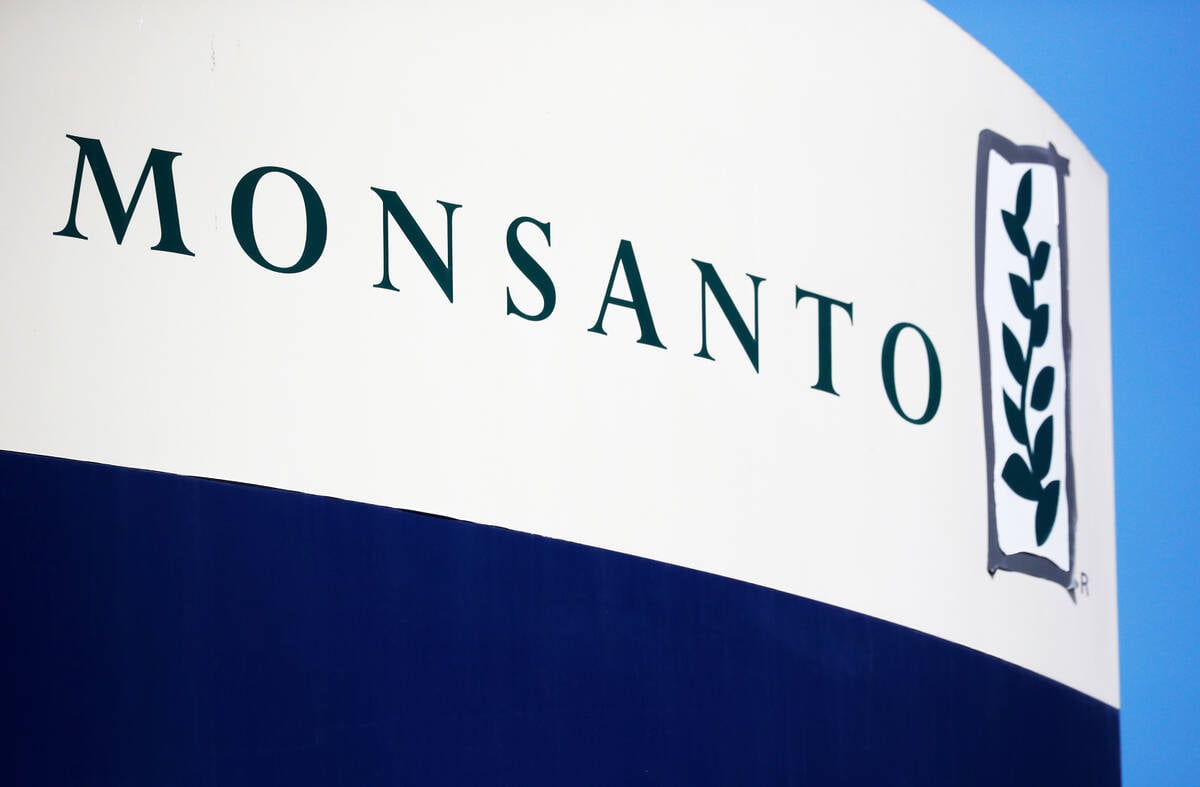
Journal pulls long-cited glyphosate study for ethics violations
The journal Regulatory Toxicology and Pharmacology has retracted a 2000 Monsanto-linked glyphosate review, drawing new scrutiny as Bayer faces mounting legal pressure.
However, Beecher didn’t commit the government to financial support, saying it is early days in the evolution of a soil health strategy.
“There will be challenges in developing a strategy. It will take time,” she said.
WHY IT MATTERS: Farmers in Canada are increasingly being urged to farm with an eye to soil health.
This spring, senator Robert Black introduced a bill to create a national soil health strategy. The idea was recommended in a 2024 Senate of Canada report on the state of soils in Canada called Critical Ground.
“(That) the Government of Canada support the development of a long-term overarching strategy to protect and conserve soil throughout Canada,” says the recommendation.
Black, a vocal advocate for soil conservation, also spoke at the conference in Winnipeg. He was surprised by Beecher’s endorsement of the soil health strategy.
“I heard that. That’s new for me, too. It’s exciting.”
The support from government is encouraging, but there will be many steps before Canada has a national strategy to protect and preserve soil.
One critical step would be the passing of the Senate bill, which explains the need for a national plan around soil.
The strategy would include measures to:
• Recognize soil as a strategic national asset.
• Protect, conserve and enhance the capacity of soils across Canada to produce food, fibre and fuel in a manner that is both sustainable and profitable.
• Recognizing soil as a critical asset will remind Canadians that soil is foundational to human life.
“To send that clear message that soil is an important resource and one that we value,” said Angela Bedard-Haughn, dean of the University of Saskatchewan’s College of Agriculture and Bioresources.
“It elevates its importance.”
If a national soil health strategy does move forward, it’s possible Canada could follow Australia’s model.
In 2021, Australia released its strategy, which sets out how the country will manage and improve soil over the next 20 years.
The Australians committed significant dollars to their plan with the federal government providing nearly AUS$200 million in funding to implement its strategy.
At this point, it’s difficult to estimate how much Canada’s plan would cost and who will pay for it.
Black believes government should lead but that multiple groups should commit funding and resources to the strategy. That way, many players will have skin in the game.
“I think it’s a collaboration.”


